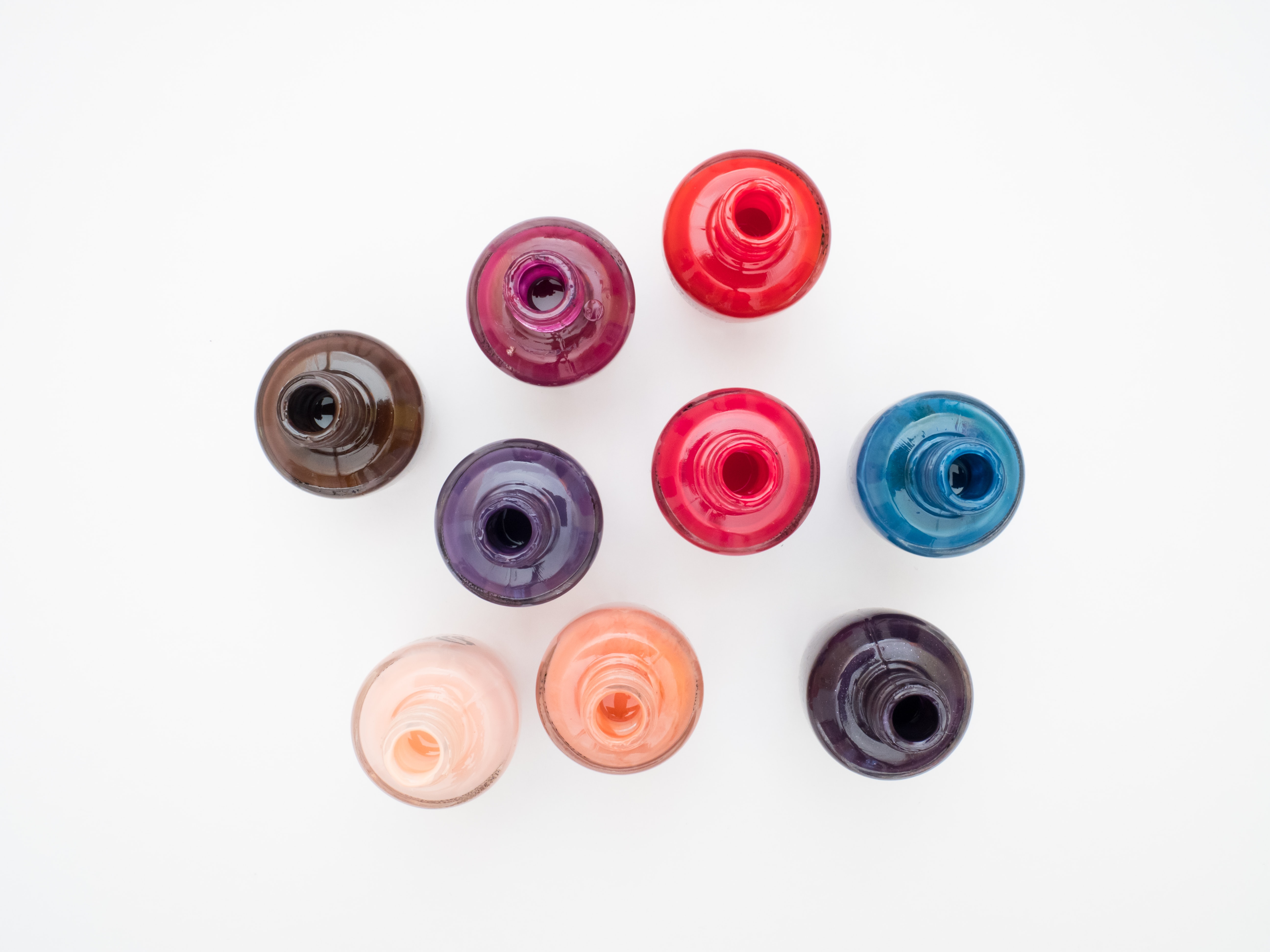FORMALDEHYDE RELEASERS
Formaldehyde is classified as a carcinogen (category 1B) and a skin sensitizer (Category 1), according to CLP Regulation (Regulation (EC) No. 1272/2008). According to the European Cosmetics Regulation (Regulation (EC) No 1223/2009), the use of formaldehyde is prohibited in cosmetic products, and it is included in Annex II (List of Substances Prohibited in Cosmetic Products, entry 1577).
Some preservatives (allowed in cosmetics and listed in Annex V of the Cosmetics Regulation) can gradually release Formaldehyde in order to fulfil a preserving function in the final cosmetic product and are called ‘formaldehyde releasers’ (see our previous post).
In May 2021, the European Commission’s Scientific Committee on Consumer Safety (SCCS) published a scientific advice on the threshold for the warning ‘contains formaldehyde’ in Annex V (preamble point 2 for formaldehyde-releasing substances).
The SCCS concluded that the present threshold of 0.05% (500 ppm) does not sufficiently protect consumers sensitized to formaldehyde from exposure to free formaldehyde from formaldehyde releasers. Moreover, the SCCS concluded that this threshold should be reduced by a factor of 50, to 0.001% (10 ppm), in order to protect the vast majority of consumers. This threshold should apply to the total formaldehyde released irrespective of whether a product contains one or more formaldehyde releasers.
On October 14th 2021, the European Commission has communicated to the WTO (World Trade Organization) a draft Regulation to amend the preamble of Annex V (List of Preservatives Allowed in Cosmetic Products).
COMMISSION REGULATION (EU) 2022/1181
On July 8th, the European Commission published the Commission Regulation (EU) 2022/1181 amending the preamble of Annex V to Regulation (EC) No 1223/2009.
This Commission Regulation states that “in light of the SCCS opinion, it can be concluded that the potential risk to human health arising from the use of certain substances that release formaldehyde in finished cosmetic products justify a lower threshold regarding the requirement to label such products with the specific warning ‘contains formaldehyde’ than the one currently applicable“. So, the formaldehyde threshold should be decreased as proposed by the SCCS.
As previously announced, Point 2 of the preamble of Annex V to Regulation is replaced by the following:
“All finished products containing substances which are listed in this Annex and which release formaldehyde shall be labelled with the warning “releases formaldehyde” where the total concentration of formaldehyde released in the finished product exceeds 0,001 % (10 ppm), irrespective of whether the finished product contains one or more substances releasing formaldehyde.
However, all finished products containing substances referred to in the first subparagraph which comply with Regulation (EC) No 1223/2009 as applicable on 30 July 2022 may be placed on the Union market until 31 July 2024 and be made available on the Union market until 31 July 2026.”
The date of effect of this amendment is set to July 31st 2022.
If you wish to get more information about this or other subjects, feel free to contact us at info@criticalcatalyst.com.
References:
- Regulation (EC) No 1223/2009 of the European Parliament and of the Council of 30 November 2009 on cosmetic products.
- Regulation (EC) No. 1272/2009 of the European Parliament and of the Council of 16 December 2008 on classification, labelling and packaging of substances and mixtures.
- Scientific Committee on Consumer Safety (SCCS). Scientific Advice on the threshold for the warning ‘contains formaldehyde’ in Annex V, preamble point 2 for formaldehyde-releasing substances. SCCS/1632/21. 2021.
- Commission Regulation (EU) 2022/1181 amending the preamble of Annex V to Regulation (EC) No 1223/2009.















